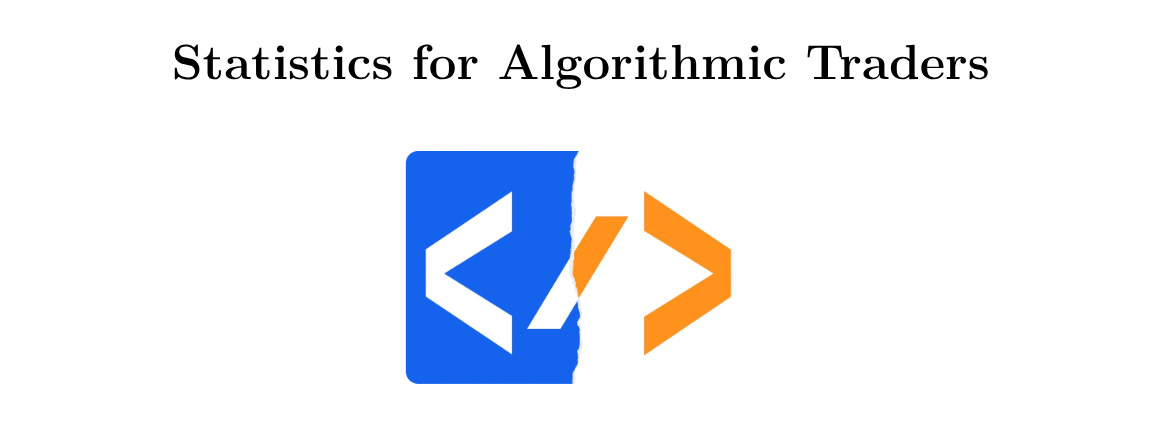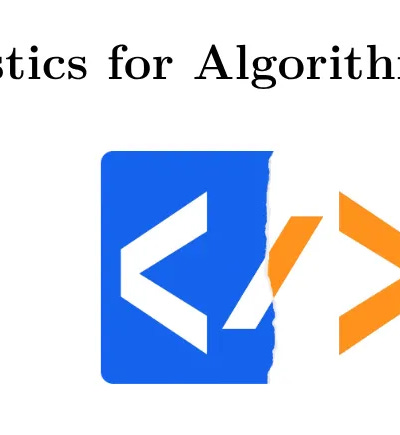[Quant Lecture] Foundations of Statistical Inference
Statistics for algorithmic traders
Core framework for statistical inference in algorithmic trading
Building a robust trading strategy requires moving from intuition and visual backtests toward a disciplined statistical framework. The focus is on turning narratives into testable hypotheses, quantifying uncertainty, and ensuring that insights generalize beyond a single historical path. The following pillars condense the chapter’s methodology into a practical path.
What’s inside:
Formal inference necessity: Trading research must begin with the recognition that a single historical path of returns is not proof of persistent edge. A point estimate like a Sharpe ratio tells us little without understanding its distribution. Formal inference forces us to translate a hunch into a hypothesis, attach confidence intervals, and quantify the probability that observed performance is merely luck.
Limits of informal evidence: Visual equity curves, curated trade examples, and single backtests create the illusion of certainty. Path-dependent measures such as maximum drawdown can dramatically understate true risk when viewed in isolation. Ignoring volatility clustering and fat tails further inflates confidence in weak edges. Informal evidence offers persuasion but not reliability.
What formal inference provides: The adoption of formal methods unlocks four essential benefits.
- Transportability ensures findings generalize beyond the backtest through probabilistic ranges rather than single estimates.
- Comparability provides objective hypothesis tests to rank competing strategies.
- Accountability distinguishes between flawed models (concept failure) and flawed parameters (estimation error).
- Decision support enforces disciplined capital allocation, adjusting for multiple testing to prevent statistical flukes from masquerading as edges.Epistemology of modeling: Every trading model is a simplified map of reality, not reality itself. Parametric assumptions, such as normal returns, provide tractability but miss key market features. Robust statistical methods act as a safeguard, stress-testing fragile parametric outputs against the messy, asymmetric nature of real data. This perspective fosters humility: models are useful fictions, not universal truths.
Robust model design principles: A model’s true test lies in predictive stability, not its ability to explain historical data. Overfitting to noise through complex parameterizations produces brittle results. Iterative testing introduces selection bias, making “best” strategies appear artificially strong. The cure lies in adjusted significance thresholds and validation on untouched data. Descriptive statistics then serve as detective work, revealing patterns and anomalies that can be shaped into testable hypotheses.
Descriptive analysis foundations: Proper descriptive analysis lays the groundwork for inference. Three properties—location, scale, and shape—define the distribution of returns, with robust alternatives (median, interquartile range) preferred over fragile measures. Dependence analysis highlights autocorrelation and volatility regimes, crucial for designing strategies responsive to risk states. Path analysis of drawdowns and streaks reveals operational feasibility, while data health checks ensure errors, splits, and biases do not corrupt results.
From raw data to insight: Before inference, data must be treated as the foundational model itself. Raw market feeds reveal structural truths—irregular trade spacing, clustering, and liquidity droughts—that no parametric assumption can capture. Classification by type (continuous, discrete, categorical, ordinal) and structure (time series, cross-section, panel) ensures tools are fit for purpose. Clean, validated data is not just preparation—it is the first act of risk management and the bedrock for every subsequent analysis.
Check a sample of what you will find inside:





